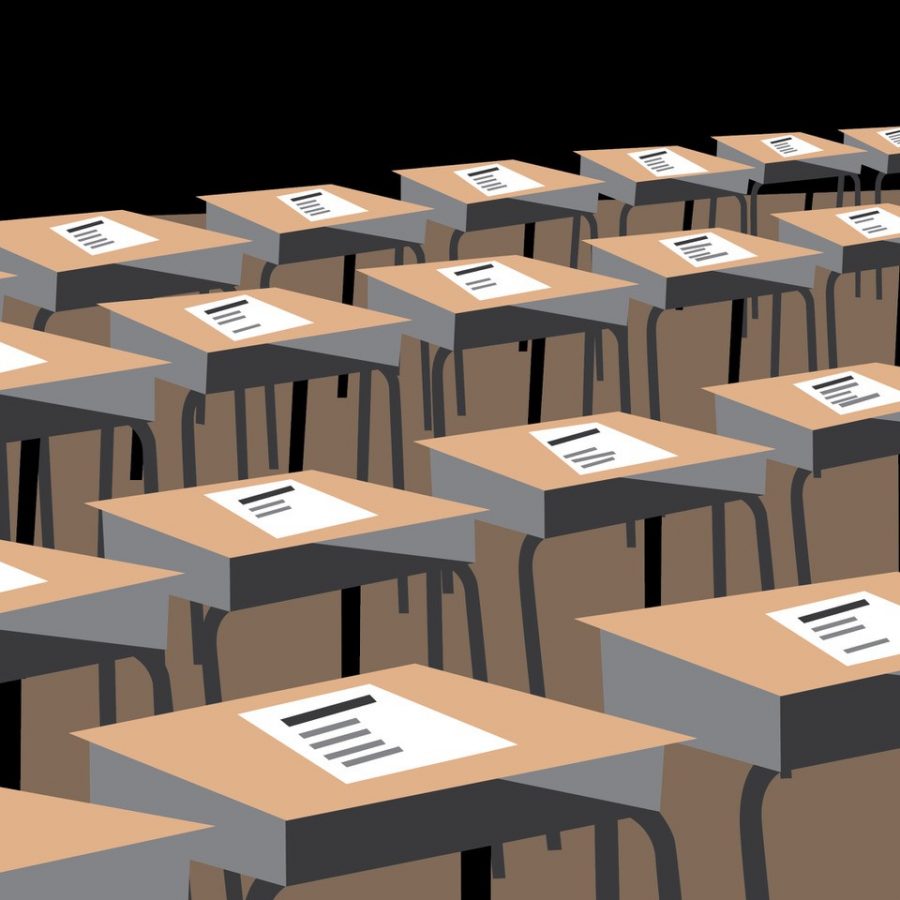The University of Minnesota is working to create a center that would increase the accessibility of digital resources, primarily for individuals with disabilities, in the classroom and across campus.
The Center for Digital Accessibility Excellence will educate University faculty and employees about creating online resources, websites and more for individuals who may need assistive technology. Some examples include captions on media, screen readers, voice input technology and screen magnifiers.
Faculty say they hope to have the center, which will be implemented by multiple departments across campus, up and running by the end of the school year.
While the University already offers accommodations on an individual basis to students, offering accessibility is more about changing everyday life on campus.
Accessibility, said Scott Marshall, associate director of instruction and technology of the Disability Resource Center, is about an environment where any accommodations a person may need already exist.
Up until now, the push for accessibility has been more of a “behind the scenes” project, Marshall said. Now, it’s turning into a concrete collaboration of departments across campus to create a new culture of accessibility at the University.
“If we can give people the tools to get them most of the way there and then teach [faculty and instructors] how to cross the finish line to do that last mile … that’s when [accessibility] will be much more widespread,” Marshall said.
When it comes to accessibility, multiple perspectives are needed to make it successful. One single department working on a center like this, Marshall said, doesn’t matter as much as the input of multiple departments working together.
“When more people see it as their responsibility, then real change will happen,” Marshall said.
For Jonathan Penny, the American Sign Language program coordinator at the University, the goal is to not only have access to digital content that aids with accessibility but to also encourage “incidental learning.”
“You may be sitting on a bus and you’re able to hear what other people are talking about with their own conversation, you can learn from that conversation without even making any effort,” Penny said.
In 2018, the Big Ten Academic Alliance committed to “maximizing” accessibility across its member schools, including the University of Minnesota. Part of the inspiration for the center, Marshall said, is learning from what other schools are doing, like the University of Wisconsin-Madison’s Center for Digital Accessibility & User Experience.
The center would not only help those with disabilities, but also those who are not native English speakers.
Stanley Chow, a member of the Minnesota International Student Association, said he’s excited about the initiative for the center. As an English as a Second Language student, having digital accessibility, like captions on movies and orientation videos, can make it easier on students whose first language is not English.
For now, the center would serve the University campus with plans to expand to other system campuses in the future.
“My dream for the University is that it is a place where students of any ability, people of any ability, can come and know that they belong here, “ Marshall said. “… And they know one of the ways they know that is that they can do what they need to do without having to ask for an accommodation to do it.”








